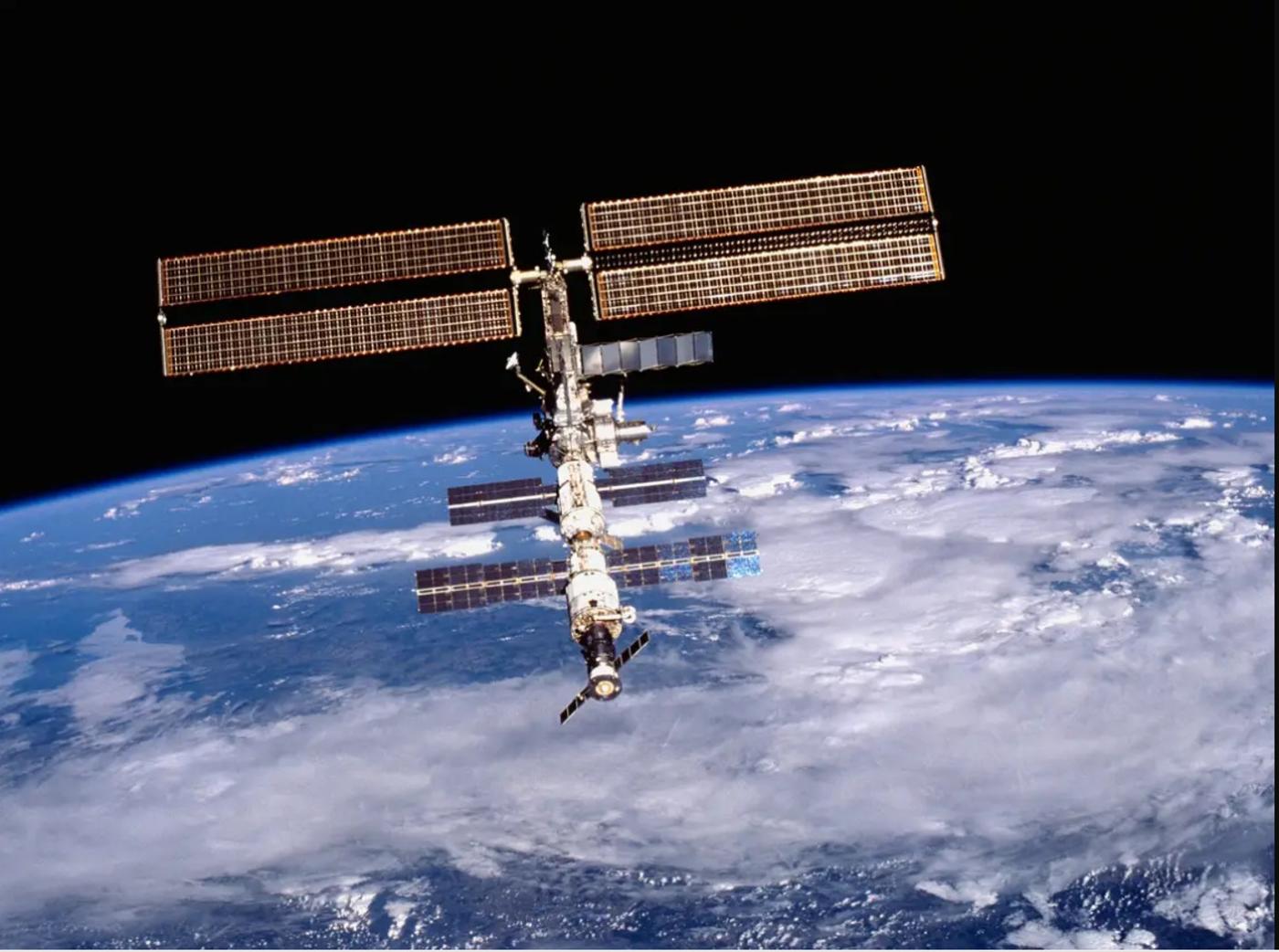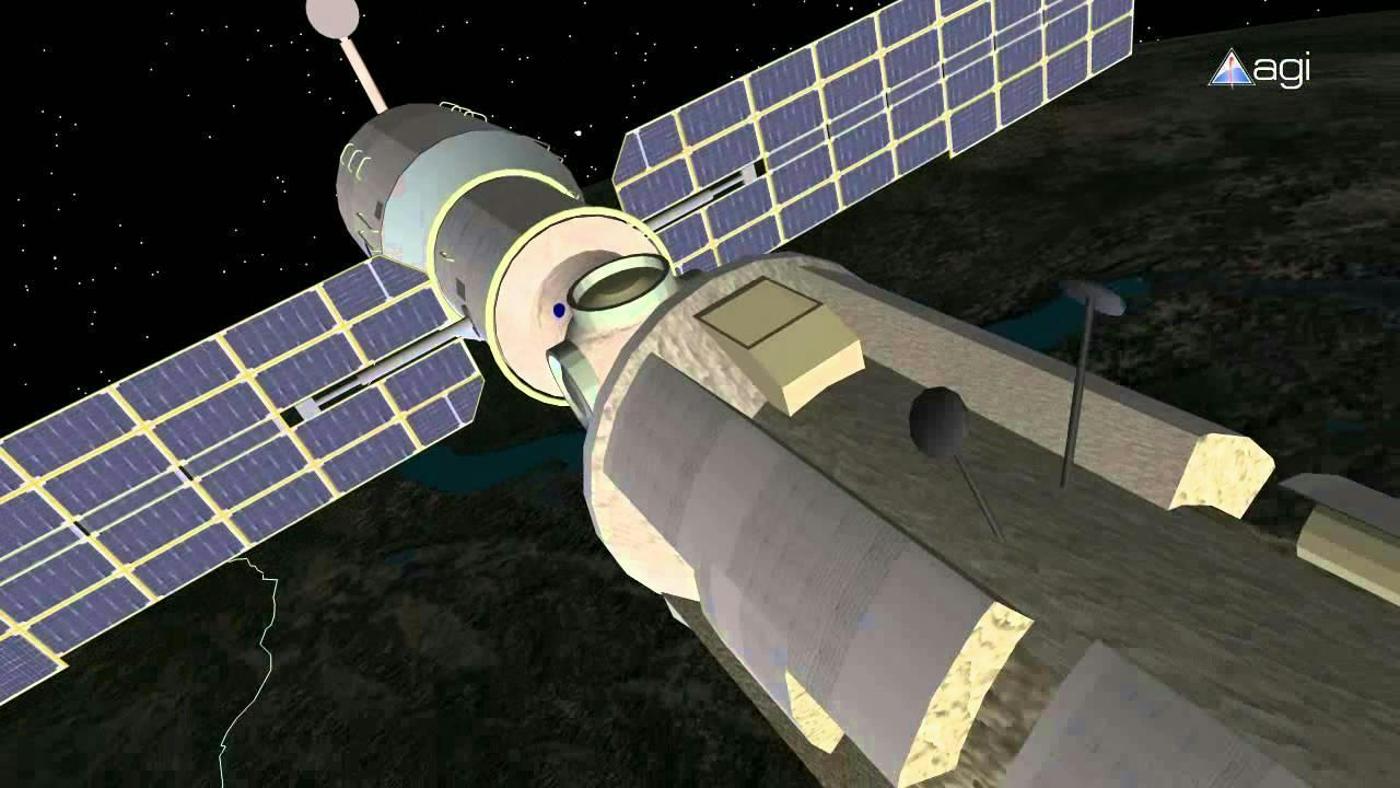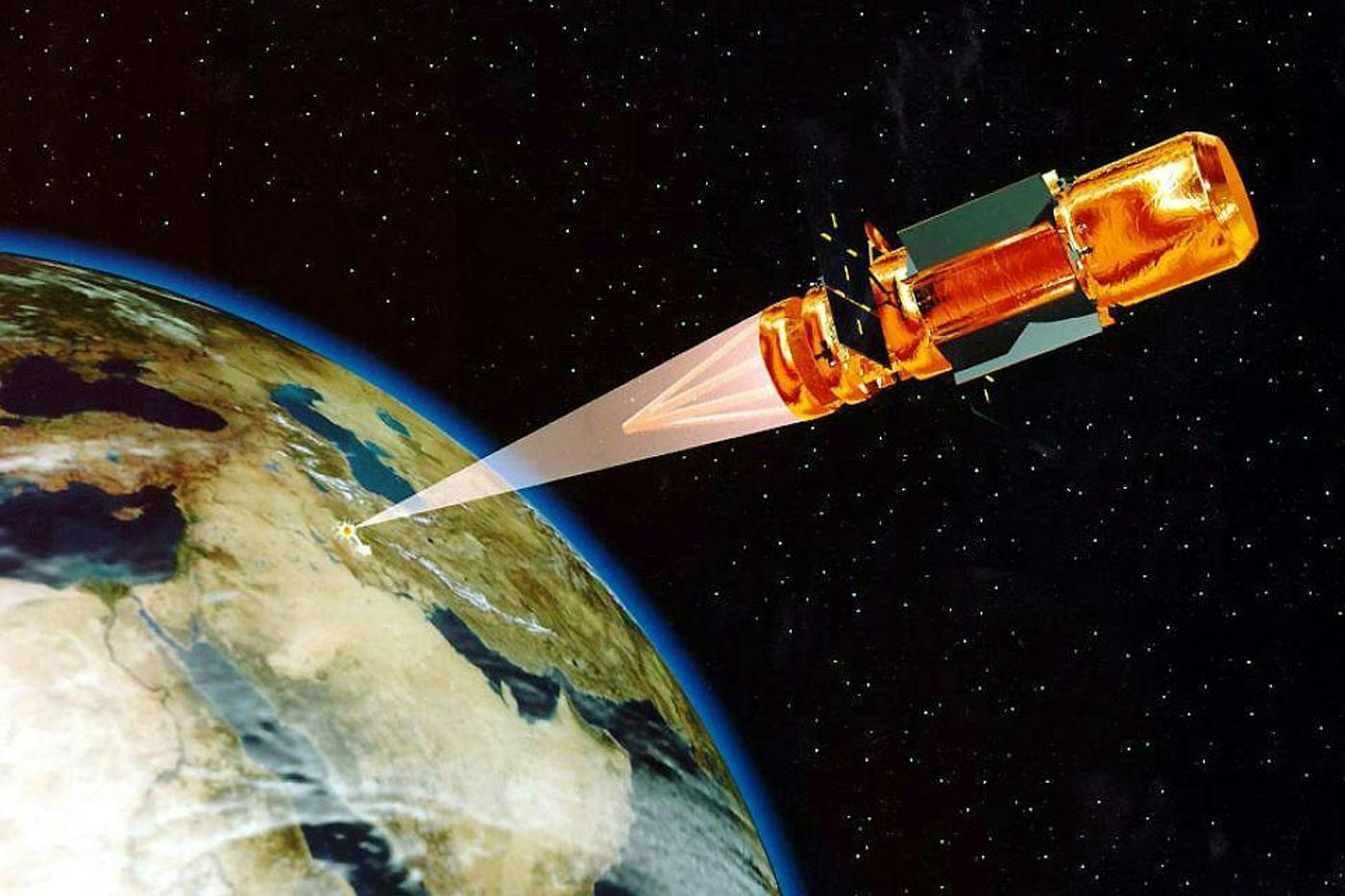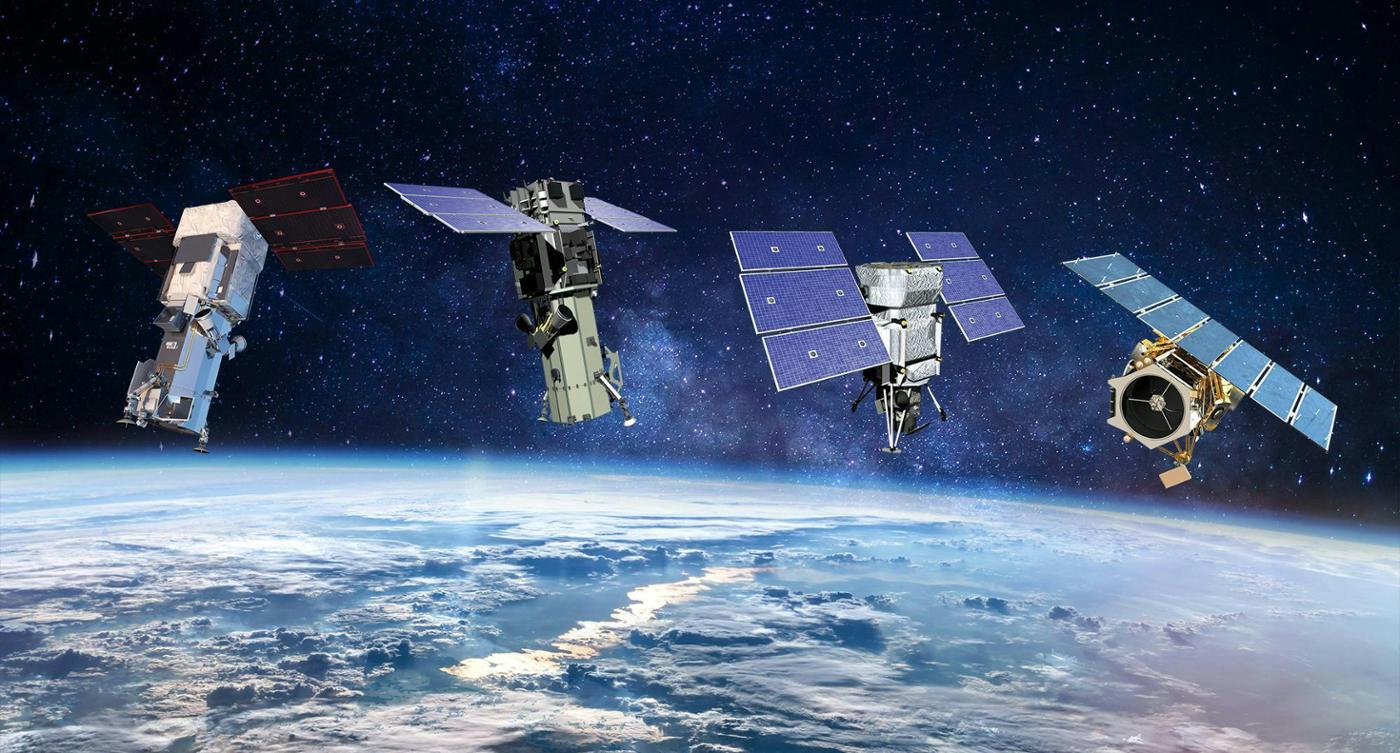Amongst the many vital strategic and security priorities on the agenda at the NATO summit in Vilnius, it was refreshing to see important discussions about space security taking place. Space has long been an important domain for military operations and has been used actively by NATO for its own satellite communications (SATCOM) programme for almost two decades. However, it was not until 2019 that NATO Allies formally recognised space as an operational domain, opening the door to a greater focus on how space can play a pivotal role in our defence.
The driving force behind the increased emphasis NATO has placed on space security has already been expertly analysed by Dr Kestutis Paulauskas, Senior Strategy Officer of Allied Command Transformation in an article published on NATO Review in 2020. This article addressed the legal and policy issues posed by the growing threat of counterspace capabilities and outlined avenues the Alliance may wish to take to ensure critical infrastructure is adequately protected by norms of international law, which promote responsible space behaviours. In this article, I will instead discuss the threat posed to Allies’ satellites by anti-satellite (ASAT) weapons and cyber-attacks.

The use of anti-satellite weapons and cyber-attacks have increased, creating orbital debris and threatening the International Space Station. Photo © NASA
At the end of 2022, there were almost seven thousand active satellites in Earth’s orbit, providing a critical backbone to much of the modern technology we rely upon to sustain the hyper-connected global economies of the 21st century. These satellites support everything from telecommunications to GPS; connecting the world and allowing humanity to accomplish tasks our ancestors could only dream of. The joint communiqué issued on the first day of the Vilnius summit makes clear that since 2019 space security has only increased in importance to NATO, with the Alliance emphasising that NATO must continue to, “ensure our collective defence, against all threats, from all directions.” The communiqué makes clear that NATO will continue to recognise both the opportunities and risks presented by emerging and disruptive technologies, recognising that, “Space plays a critical role for the security and prosperity of our nations.”
Threats faced by NATO Allies’ space operations & how NATO is preparing to address them
Despite the many benefits space has to offer, Allies’ are threatened by the growing weaponisation of near-Earth space. This is not a problem to be left for future generations to deal with, but rather one which must be dealt with now. NATO’s strategic rivals have been conducting space operations that threaten the security of the Alliance and the systems we rely upon daily for everything from weather monitoring to disaster relief. It is therefore vital that we understand the limits of lawful behaviour in space operations.
In 2007, China conducted a test of a kinetic anti-satellite weapon against one of its own satellites, the Fengyun-1C, completely destroying it and creating over three-thousand pieces of orbital debris which continue to pose a significant collision risk for almost 2000 satellites operating in the orbital region affected by the debris. NATO Allies continue to track the debris to alert satellite operators of close conjunctions, which carry a serious risk of collision.

China's FENGYUN 1C polar-orbiting weather satellite was destroyed during the test of the anti-satellite weapon in 2007. Analytical Graphics created this animation using data tracks of the debris in June 2007. Picture courtesy of Analytical Graphics, Inc.
In another incident, one hour before the Russian invasion of Ukraine, Russian government hackers targeted the US satellite company Viasat. Viasat is a communication company used by countless homes and businesses, but their services were also used by the Ukrainian military for the command and control of Ukrainian armed forces. The attack used malware to target Viasat modems and routers, erasing all data, before rebooting the machines and leaving them permanently disabled.
NATO strategic rivals are clearly willing to attack satellite infrastructure and it is critical that NATO retains the ability to defend against such attacks. To build strength and resilience, NATO’s overarching Space Policy sets out an aim to, “encourage cooperation between the Alliance to enhance the compatibility and interoperability of their space systems.” The recent establishment of a Joint Taskforce Space Defence Commercial Operations UK Cell by the US Space Command in collaboration with the UK military is just one such example of this cooperation, allowing the Alliance to move towards 24/7 Space Situational Awareness operations and boosting its ability to respond to space-related threats.
Cold War and explicit limitations on the placement of weapons in outer space
Existing treaties governing activities in outer space contain prohibitions written several decades ago for a time when modern satellite systems and the types of attacks they may be subjected to were incomprehensible. These treaties therefore fail to adequately address the new threats faced by satellite systems. This necessitates greater reliance on overstretched provisions of general international law, with the aid of developing State-practice, in addition to non-binding guidelines and recommendations adopted by the UN. This situation is far from ideal, but has been necessitated by a strained geopolitical context, which has stalled agreements on fresh treaty limitations on the use of weapons in outer space.
The tensions of the Cold War provided additional impetus for the conclusion of the Outer Space Treaty (OST) of 1967, with a core aim of preventing an arms race in outer space. Despite placing some restrictions on the weaponisation of outer space, the OST does not prohibit all military activities utilising space. Article IV of the OST prohibits the placement of nuclear weapons or other weapons of mass destruction in Earth’s orbit. However, direct ascent ASAT (D-ASAT) weapons and many types of cyber-attack will not fall within the ambit of this prohibition.
The due regard principle contained in Article IX of the OST may be breached by States that conduct ASAT weapons tests which cause harmful interference to the activities of other States. However, it is generally regarded as being toothless, and exists primarily as a consultation requirement. It has not been invoked, in practice, by States as a means of limiting harmful activities by others in the space domain.
Stall in international law-making & PPWT failure
Since around 1979 there has been a stall in the agreement of binding space law through the UN. Attempts to create binding rules to control the growing weaponisation of outer space have accordingly seen limited success. Most notably, NATO strategic rivals Russia and China were responsible for the Draft Treaty on the Prevention of the Placement of Weapons in Space, the Threat or Use of Force Against Space Objects (PPWT). However, this draft treaty was heavily criticised by NATO Allies such as the United States for its lack of an effective verification regime and its failure to deal with terrestrially based weapons which may be used to target satellite systems and did not receive sufficient support to enter into force.

The negotiation of a new agreement banning the use of ASAT weapons seems like a diplomatic impossibility in the near-term. Pictured: A United States Space Command impression of a conceptual satellite-based directed-energy weapon used to precisely strike targets on Earth.
The negotiation of a new agreement banning the use of ASAT weapons seems like a diplomatic impossibility in the near-term. This is partly due to the strain on existing agreements aimed at demilitarisation, especially the New START Treaty. New START aims to de-escalate nuclear tension between Russia and the United States. Russia recently suspended compliance with its New START Treaty obligations, prompting countermeasures from the US. Until Russia can establish it is willing to apply existing treaty obligations and to comply with proper verification mechanisms for such regimes, it is unlikely that a similar treaty regime can be agreed for ASAT weapons.
General international law limitations
Despite a lack of a specific treaty on the use of ASAT weapons, there are many provisions of general international law that may be used to impose limits on the use of space weapons and provide important aid in ensuring that States act responsibly. Article III of the OST makes plain that States Parties to the Treaty are to conduct operations in outer space in accordance with international law, including the Charter of the UN. Article 2(4) of the Сharter requires States to refrain from the use of force in international relations, except in self-defence or as authorised by the UN Security Council under Article 51 of the Charter.
International Humanitarian Law (IHL), despite not banning the use of weapons in outer space, can be construed to limit the type of weapons that may be used in conflict, the manner in which they may be used, and the targets that may be legitimately attacked. These rules are contained in the 1977 Additional Protocols to the Geneva Conventions of 1949, in addition to rules of customary international law. The International Committee of the Red Cross (ICRC) maintains a comprehensive collection of the relevant rules in its IHL Databases.
One of the most significant of these in the context of attacks on satellite systems is the distinction made in IHL between civilians and combatants. This rule has been codified in Articles 48 and 51(2) of the 1977 Additional Protocol I to the Geneva Conventions of 1949 and no reservations have been made to it by any State. The rule was recognised by the International Court of Justice (ICJ) in the Nuclear Weapons advisory opinion as one of the, “intransgressible principles of international customary law”. The ICJ made clear that rules of IHL such as this apply, “to all forms of warfare and to all kinds of weapons, those of the past, those of the present, and those of the future.” However, many satellite systems have a dual civilian and military use, and this dual-use nature can cause problems with identifying legitimate targets according to the rules of IHL.

Many satellite systems have dual civilian and military use, which can cause problems with identifying legitimate targets according to the rules of International Humanitarian Law. Experts already warn of blurring lines between military and commercial satellites. Picture courtesy of Air & Space Forces Magazine
NATO’s contributions to the development of non-binding guidance and commitments
Clarity on how these rules are to be applied to ASAT weapons will be crucial before any potential escalation of conflict beyond Earth, especially as ASAT weapons can come in many forms (including D-ASAT weapons, cyber-attacks and radio frequency ASAT weapons). NATO Allies have been at the forefront of laying the groundwork for the development of norms of military activities in the space domain through measures taken both unilaterally and at the UN. NATO has brought together expert opinion to help promote deeper understanding of how we can tackle these emerging threats and Allies’ are often first to commit to responsible behaviours.
The Tallinn Manual on the International Law Applicable to Cyber Warfare, originally published in 2013, brings together contributions from many distinguished scholars and practitioners of international law to identify around 154 rules governing cyber operations, with commentary. It even has a dedicated chapter on the rules specific to space-related cyber operations. The Tallinn Manual aims to provide an, “objective restatement of international law as applied in the cyber context.” Crucially, the experts contributing to the Tallinn Manual 2.0 were in agreement that the prohibition on the use of force in the UN Charter fully applies to outer space activities, and that, “any cyber operation that originates in, transits, or terminates in outer space and rises to the level of an unlawful threat or use of force is barred.” (Rule 68) Despite not itself being binding, nor representative of the position of NATO or the Allies’ in the Alliance, the Tallinn Manual represents the opinion of experts and has become an influential resource for legal and policy advisers. The opinion of these experts can help us to understand how our existing international law might be interpreted and applied by States in future conflict scenarios and the manual is frequently updated to keep pace with rapidly developing opinion and practice. Work is currently underway to revise the Tallinn Manual to continue to take account of these developments.
In the UN, a UK-sponsored United Nations General Assembly (UNGA) Resolution (A/RES/76/231) on 30 December 2021 established an Open-Ended Working Group (OEWG), giving it the remit to, “make recommendations on possible norms, rules and principles of responsible behaviours relating to threats by States to space systems.” As the work of the OEWG comes to an end, reports on the work of the group have been mixed. One joint statement from many of the participating states welcomed the progress which had been made, whilst other commentaries reveal a substantial void between States over fundamental concepts underpinning the work of the OEWG.
The adoption of A/RES/76/231 was followed in 2022 by a resolution introduced by the United States, which called for a ban on the testing of D-ASAT weapons (A/RES/77/41). Despite support from 150 countries, the resolution was opposed by Russia, China, and Iran, along with five other States. Despite the lack of success in achieving agreement, these attempts at obtaining broader international consensus represent important first steps towards achieving universally recognised rules of engagement.
The path ahead — important next steps
It is vital for NATO Allies to engage with commercial satellite providers to ensure our core space infrastructure remains guarded against the prospect of attack. The Alliance continues to facilitate these industry connections through its Defence Innovation Accelerator for the North Atlantic (DIANA).
NATO Allies must also continue their important work in the United Nations Office for Outer Space Affairs to develop guidelines governing the use of ASAT weapons. Such rules should recognise the vital benefits that the development of new space technology can offer, and help to promote the development of technologies that the Alliance can use to protect itself against threats to and from outer space. Only a collaborative approach will produce helpful regulations that promote responsible behaviour whilst facilitating the development of these new technologies.
NATO Allies control more than 50% of active satellites orbiting Earth, and although the Alliance’s space mandate may only be several years old, the careful development of NATO’s space policy will have a positive impact on the safety and security of the Alliance’s infrastructure in space for many decades to come. NATO has shown tremendous leadership in this important new domain, and the discussions that took place at the Vilnius summit this year make clear that the Alliance will continue to lead policy development in this field.
